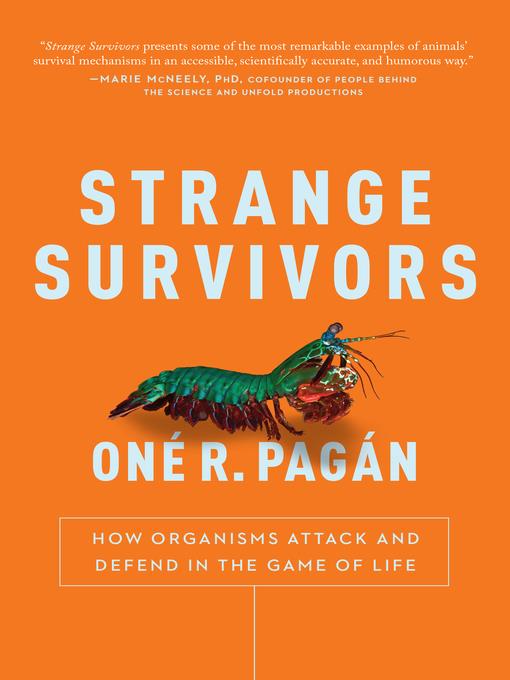
Strange Survivors
How Organisms Attack and Defend in the Game of Life
کتاب های مرتبط
- اطلاعات
- نقد و بررسی
- دیدگاه کاربران
نقد و بررسی

February 1, 2018
Do not pick up pretty cone snail shells on the beach. If still inside, this snail has a venomous harpoon, its deadly defense against predators. Like many creatures that appear at first glance to be very vulnerable, the snail has evolved to survive. Biologist Pagan describes the evolution of many unusual creatures and their surprising survival strategies. Some fish, eels, and rays stun predators and prey with electrical shocks. Numerous frogs and insects are filled with toxins that sicken or kill predators. Wasps, bees, snakes, worms, and even the platypus are venomous. Despite this abundance of deadly defenses, Pagan contends that the most successful animals are those that cooperate with their kind or other species. Social insects, fish, and mammals build communities for species survival, while some symbiotic pairs, such as sharks and pilot fish, work together for mutual benefit. Most interesting is Pagan's discussion of how single-cell creatures joined together to form large, multicellular organisms, including humans. This is a great pick for readers who enjoy watching PBS Nature and Discovery Channel programs.(Reprinted with permission of Booklist, copyright 2018, American Library Association.)

























دیدگاه کاربران